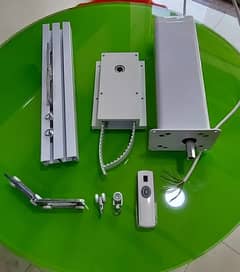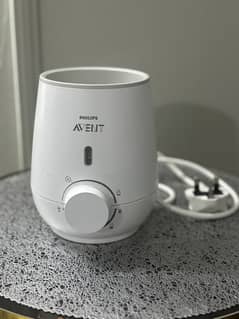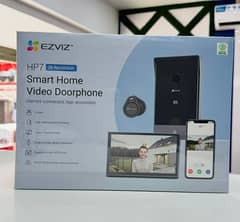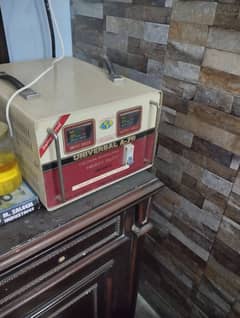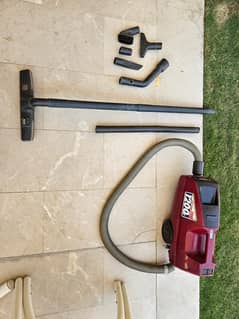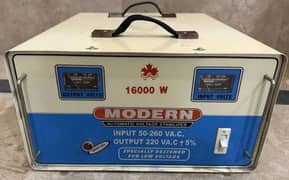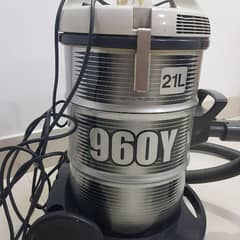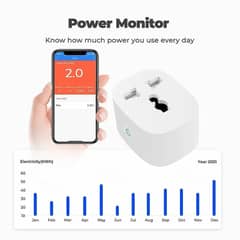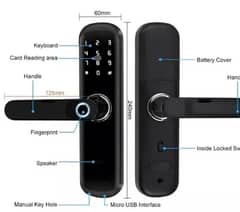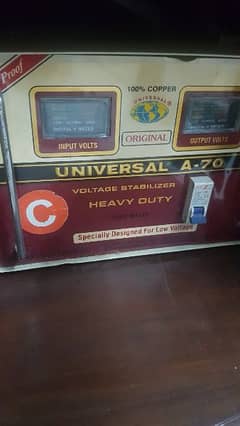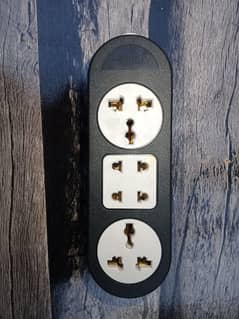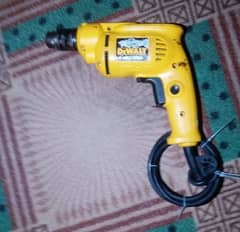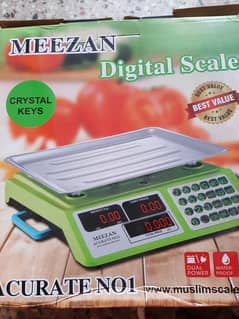Only in Other Home Appliances
Other Home Appliances in Hayatabad
18 ads
Categories
All categories
Electronics & Home Appliances
Computers & Accessories(168)
Televisions & Accessories(15)
AC & Coolers(55)
Generators, UPS & Power Solutions(44)
Refrigerators & Freezers(28)
Cameras & Accessories(24)
Games & Entertainment(46)
Kitchen Appliances(24)
Other Home Appliances(18)
Video-Audios(24)
Fans(14)
Washing Machines & Dryers(19)
Microwaves & Ovens(5)
Heaters & Geysers(6)
Sewing Machines(5)
Water Dispensers(3)
Irons & Steamers(4)
Location
Price
PKR 100
PKR 50 Lacs
Want to see your stuff here?Make some extra cash by selling things in your community. Go on, it's quick and easy.
